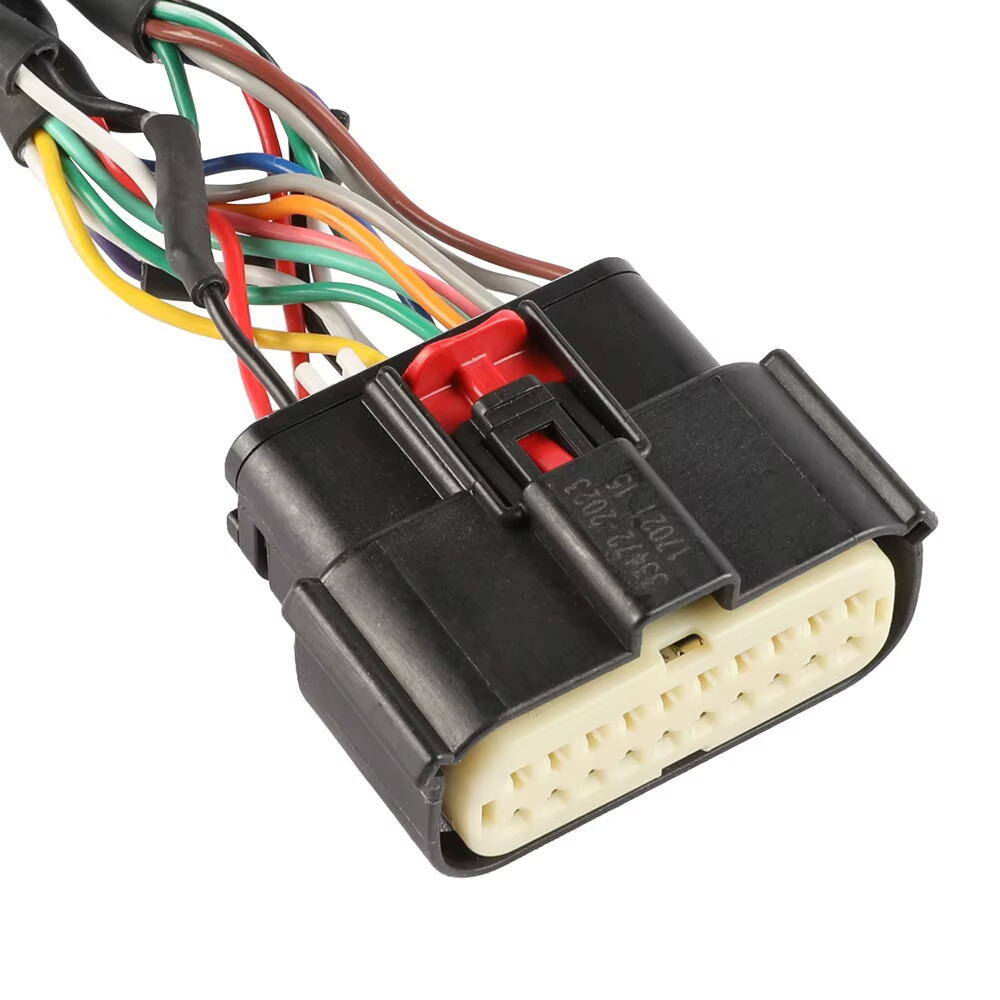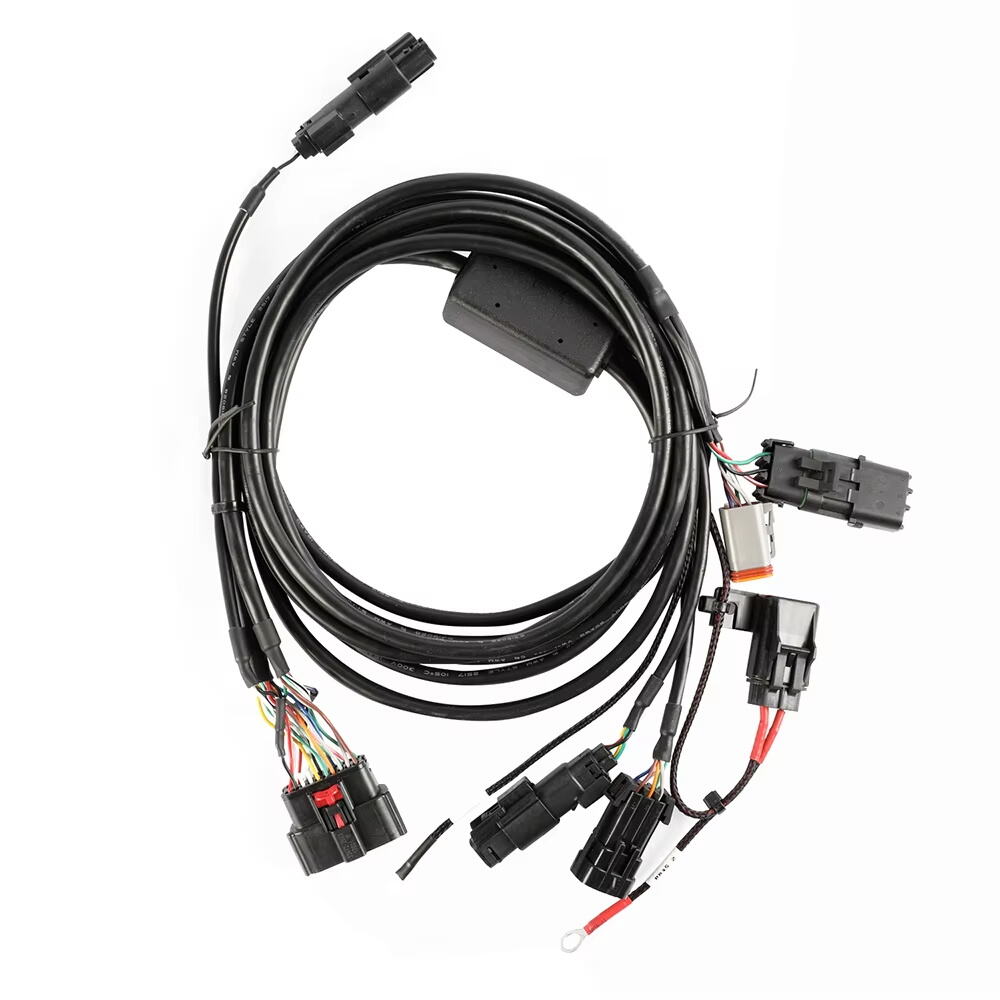Transitioning Power Infrastructure
As the energy landscape shifts toward distributed generation, storage solutions, and smarter grids, infrastructure must evolve to keep pace. The term New Energy Cable describes a new class of conductors and assemblies designed for modern energy systems. These cables are tailored to handle the unique demands of renewable generation, energy storage, and dynamic loads, combining materials science, thermal design, and sensing to create products optimized for efficiency, safety, and longevity. In the paragraphs that follow, we will explain the technical differences, practical advantages, and installation considerations that set the New Energy Cable apart from traditional wiring.
Technical Construction and Material Advances
Advanced Conductors
Traditional conductors rely on well-known copper and aluminium formulations. Modern approaches used in some New Energy Cable products employ refined alloys, specialized stranding, and sometimes composite cores. These improvements reduce resistive losses, improve mechanical flexibility, and deliver higher ampacity for the same cross-section. Designers of New Energy Cable tune conductor geometry and surface treatments to reduce skin effect and proximity effect losses at the frequencies of interest, especially where power electronics drive non-sinusoidal currents.
Insulation and Sheathing Innovations
The insulation systems in contemporary New Energy Cable are engineered for long-term stability under thermal cycling, UV exposure, and chemical attack. Multi-layer dielectric stacks, nanocomposite additives, and low-smoke halogen-free jackets are common features, each contributing to longer service life and safer performance in challenging environments. In addition, outer sheaths of New Energy Cable are often selected for abrasion resistance and ease of handling during installation, reducing the chance of damage in the field.
Thermal Performance and Electrical Characteristics
Heat Management and Load Capacity
Thermal performance is a first-order concern for high-current applications. New Energy Cable often uses conductor geometries and insulation materials that enhance heat dissipation and reduce hotspots. Better thermal behavior supports higher continuous loads and reduces the risk of premature aging. Properly specified New Energy Cable enables designers to achieve higher power density in constrained cable ducts or trays while maintaining acceptable temperature margins.
Harmonics and Power Quality
Non-linear loads and power electronics create harmonics and fast switching transients that challenge cable performance. Engineers designing New Energy Cable consider skin and proximity effects as well as eddy current losses to ensure acceptable behavior under the spectral content typical of inverter-based systems. The right New Energy Cable specification helps maintain power quality and reduces unexpected heating when harmonics are present.
Safety, Standards, and Regulatory Compliance
Fire Performance and Toxicity
Meeting modern fire safety standards is essential in both public infrastructure and enclosed spaces. New Energy Cable variants often meet stricter criteria for flame spread, smoke generation, and toxicity, contributing to safer installations, particularly in buildings and confined spaces. Selecting low-smoke, zero-halogen materials in New Energy Cable can be a decisive factor in environments where evacuation and air quality matter.
Testing and Certification
Because these products operate in critical energy applications, suppliers test New Energy Cable against electrical, mechanical, and environmental standards. Certification eases the path to grid interconnection and project approval. Independent third-party verification of New Energy Cable characteristics reduces procurement risk and gives owners confidence in long-term performance.

Installation, Monitoring, and Maintenance
Simplified Installation and Modular Approaches
Installation considerations influence both project schedule and long-term reliability. Many New Energy Cable solutions offer modular terminations, pre-assembled harnesses, and standardized connectors that lower labor time and reduce the potential for workmanship errors. Thoughtful design of New Energy Cable assemblies can dramatically reduce on-site splicing and the variability that leads to field failures.
Embedded Monitoring and Predictive Maintenance
A notable trend is embedding sensing capabilities or making cables compatible with sensor retrofits. Real-time temperature, strain, or partial-discharge data enables predictive maintenance strategies that prevent failures before they occur. When New Energy Cable is part of a monitored network, operators can schedule maintenance during planned downtimes and avoid costly emergency repairs.
Compatibility with Renewable Systems and Energy Storage
Handling Intermittency and Variable Loads
Renewable generators and energy storage change electrical conditions rapidly and unpredictably. New Energy Cable is optimized to handle frequent load swings, temperature changes, and variable duty cycles without accelerated wear. The mechanical flexibility and thermal endurance of New Energy Cable help it withstand the demands of distributed and fluctuating generation.
Battery Systems and High-Rate Charging
Battery interconnects require attention to voltage drop, thermal rise, and mechanical robustness. Using New Energy Cable for buswork and inter-module connections reduces energy loss and mitigates thermal hotspots during high-rate charge and discharge cycles. Properly rated New Energy Cable minimizes the voltage imbalance and heat accumulation that can otherwise shorten battery life.
Economic and Environmental Considerations
Total Cost of Ownership
Project decision-makers must look beyond first costs. While New Energy Cable can be more expensive initially than commodity wiring, lower losses, reduced maintenance, and extended service life commonly produce a lower total cost of ownership over the system lifetime. When modeled across expected operational years, the reduced downtime and energy savings from New Energy Cable frequently justify the premium.
Sustainability and Material Choices
Manufacturers are increasingly offering products with recyclable materials, reduced hazardous constituents, and transparent lifecycle assessments. Selecting New Energy Cable with clear sustainability credentials can support corporate environmental targets and regulatory compliance. Responsible material selection for New Energy Cable also improves end-of-life recyclability and reduces long-term environmental impact.
Deployment Challenges and Best Practices
Specification and Site Assessment
Specifying the correct cable requires a careful assessment of operating temperature, load profile, environmental exposures, and mechanical stresses. Engineers should base choices on measured site conditions and expected future loading. A thorough assessment helps determine whether a particular New Energy Cable variant is necessary or whether a more conventional solution suffices.
Training, Commissioning, and Quality Assurance
Because some New Energy Cable systems require specific terminations and monitoring setups, thorough training and commissioning practices are essential to realize their benefits. Proper torqueing, connector inspection, and commissioning tests reduce the chance of early-life failures. Quality assurance programs tailored to New Energy Cable installation can preserve warranty coverage and improve system reliability.
Practical Design Considerations
Selection Criteria for Different Projects
Not every project needs the most advanced New Energy Cable available. Selection criteria should include expected ambient conditions, projected current profiles, mechanical loading, and budget constraints. For utility-scale projects, the reduction in transmission losses may favor higher-performance New Energy Cable, whereas small-scale applications may prioritize cost-effective but robust variants.
Integration with Other System Components
Integration of New Energy Cable with switchgear, inverters, and protection systems matters. Designers should confirm compatibility of terminations, recommended bend radii, and fault current ratings. Ensuring the chosen New Energy Cable interfaces properly with other components reduces rework and prevents field surprises during commissioning.
Long-Term Outlook and Innovation
Emerging Technologies and Materials
Ongoing developments in polymers, conductive composites, and embedded electronics will continue to shape New Energy Cable capabilities. Innovations that increase recyclability, lower embodied carbon, or incorporate intelligent monitoring will make future New Energy Cable iterations even more attractive for large-scale adoption.
Role in Smart Grids and Microgrids
As grids become more decentralized and active, New Energy Cable plays a role not only as a passive conductor but as part of an intelligent network. When paired with sensing and communications, New Energy Cable helps operators manage flows, detect faults quickly, and support advanced control strategies across microgrids and distributed energy resources.
FAQ
What are the primary advantages of New Energy Cable
New Energy Cable typically offers higher efficiency, improved thermal performance, compatibility with monitoring systems, and enhanced safety features compared with traditional wiring.
Is New Energy Cable significantly more expensive
Upfront costs can be higher, but lifecycle savings from lower losses and maintenance burdens often justify the investment in New Energy Cable.
Can New Energy Cable be used in retrofit projects
Integration is possible but depends on site-specific constraints; engineers should evaluate compatibility with existing infrastructure when considering New Energy Cable.
What maintenance practices are recommended for New Energy Cable
Routine visual inspections, monitoring of embedded sensors where available, adherence to manufacturer-recommended torque and termination procedures, and scheduled thermal imaging checks will help maximize the lifespan of New Energy Cable.
Table of Contents
- Transitioning Power Infrastructure
- Technical Construction and Material Advances
- Thermal Performance and Electrical Characteristics
- Safety, Standards, and Regulatory Compliance
- Installation, Monitoring, and Maintenance
- Compatibility with Renewable Systems and Energy Storage
- Economic and Environmental Considerations
- Deployment Challenges and Best Practices
- Practical Design Considerations
- Long-Term Outlook and Innovation
- FAQ

